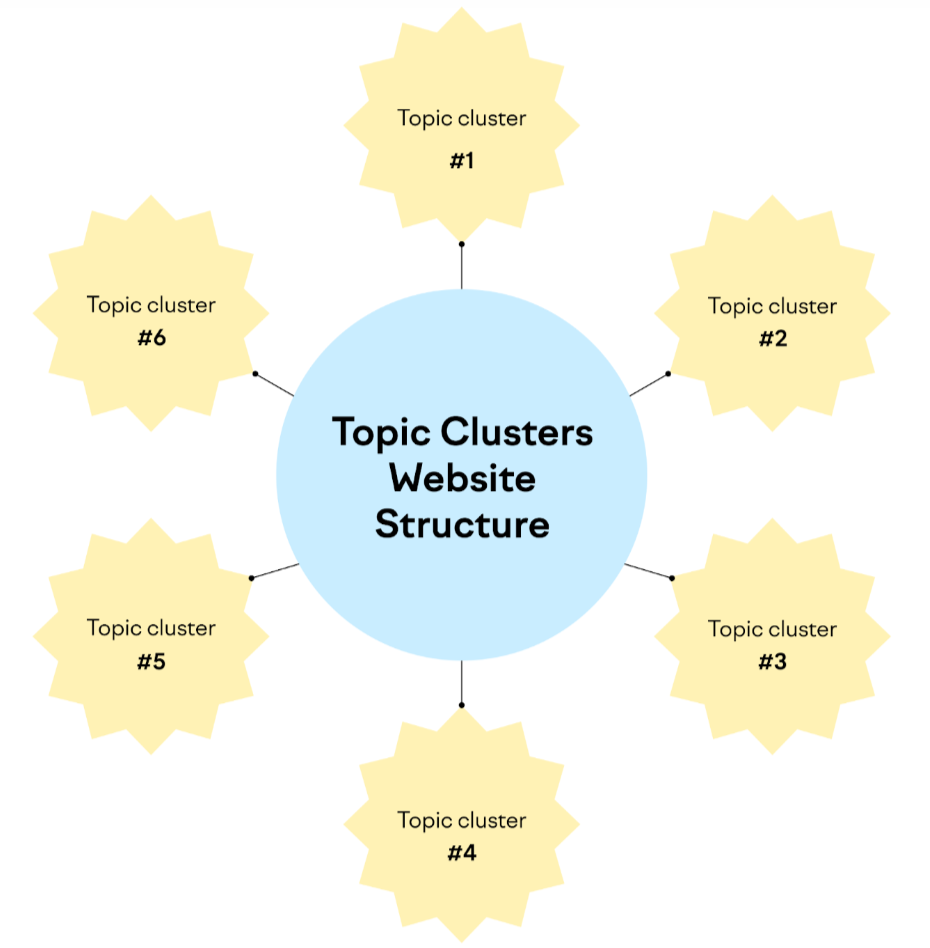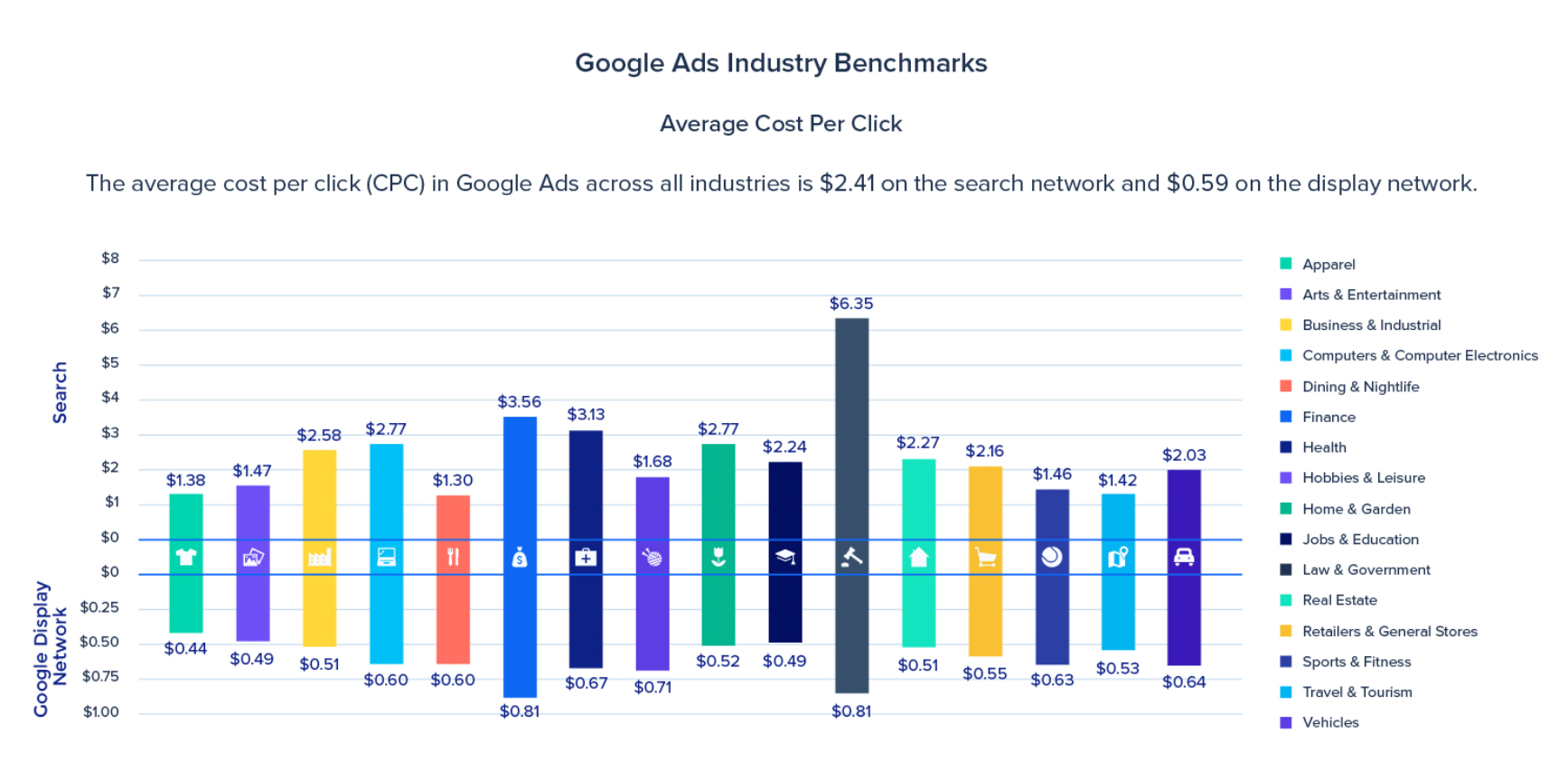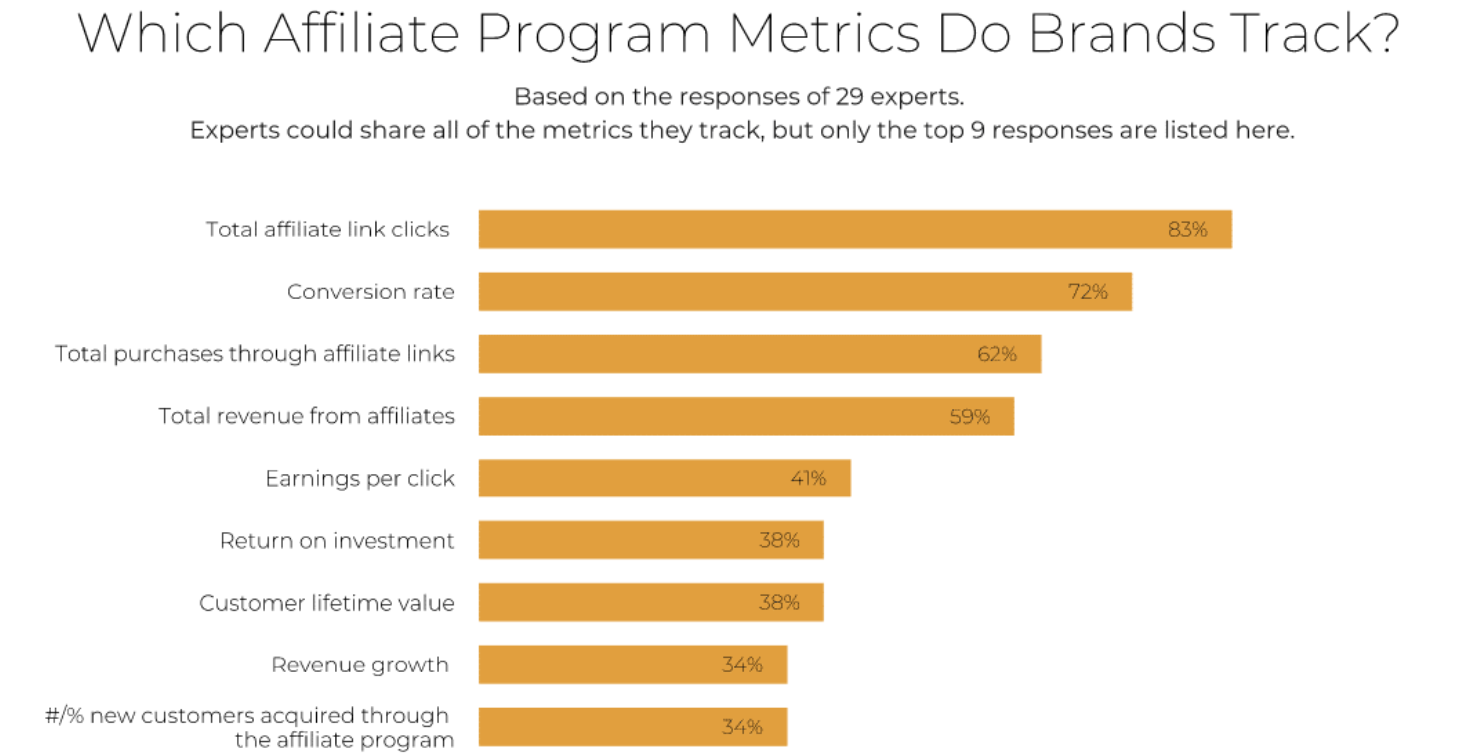Affiliate Marketing Guides and Best Practices for Bloggers
19-07-2024

How To Earn Big With an Affiliate Marketing Blog
Several methods for making a profit from blogging exist, including paid guest posting, paid ads, and sponsorships, where companies pay for exposure within your content. Among these methods, affiliate marketing stands out as one of the best options. Similarly, blogging is one of the best channels for affiliate marketing. The advantages of affiliate marketing in blogging include:
- Ability to integrate links to promoted products naturally without lowering content quality
- Easy tracking of marketing results via affiliate programs or dedicated lead affiliate managing solutions
- A wide range of products that can be promoted and are suitable for the specific niche you choose
This article explains how to get started with affiliate marketing for bloggers, segmenting the guide into easy-to-understand steps and providing valuable affiliate marketing tips. So, let’s delve in.
How To Start Affiliate Marketing Business Guide
With all the advantages of affiliate marketing blogs, don’t expect the passive income will allow you to start drinking margaritas and carelessly resting on the beach from day one (unless you’re already doing that). You’ll need to take quite a few steps to make a living from the affiliate links on your blog. Nonetheless, this general guide summarizes various processes into four main steps, from selecting a blogging niche to attracting an audience.
Step 1 – Finding the Right Niche
At the start of your journey as a blog affiliate, finding the right niche for your content is like identifying the most fertile soil to plant the affiliate links. If you are relatively inexperienced, it’s better to focus on a narrow rather than a broad topic. For example, it’s better to focus on indoor succulent gardening rather than making a generic gardening website and attracting a crowd interested in that topic. This is because more generic topics probably have higher competition, and it would be problematic for you to get visibility in the search engines.
The level of competition is only one of the four primary factors you should consider for affiliate marketing blog ideas:
- Competition in niche: As mentioned above, it’s crucial to identify whether your chosen niche will allow your website to rank in Google or will have no chance because of numerous established competitors. There are many things you could do to assess the competitiveness of your niche. But, for a high-level overview, use simple research on niche-related keywords in tools like Ahrefs’ Keyword Explorer and focus on “keyword difficulty” metrics. A lower KD value means it’s easier to rank high for the selected keyword.
- Commerciality: Some niches offer exceptional profit potential, while others don’t. This means that the brands are willing to pay different amounts of commissions for advertising products in different products. You can assess information about niche commerciality by conducting market research, examining commission rates in relevant affiliate marketing programs for bloggers, and looking at advertising costs. You can also check and compare the CPC metrics, which show the average cost-per-click price on paid search results using keyword analyzers. Aim for a mid to high-commercial value niche to earn generous commissions while leaving the ability to raise your rates as you become more experienced in marketing and blogging.
- Traffic potential: Imagine you’ve found a low-competition, high-commission niche. However, suppose there are very few potential buyers of products from that niche–which could explain why the advertisers are willing to pay higher commissions. In that case, it will be difficult to make money by affiliate marketing. Again, you can use dedicated SEO tools to check the potential user traffic by examining related keywords’ performance.
- Personal interest: Not that without personal interest in the subject, you won’t be able to create engaging content and make money with affiliate marketing, provided the other factors are positive. But, choosing the niche with which you have personal experience will make it easier to position yourself as an expert in the field and win buyers’ trust. Being interested in the niche will also make it a lot more fun to research and create engaging content.

Source: Ahrefs Blog
As you can imagine, the first three factors–competition, commerciality, and traffic potential– are interconnected. For example, a niche popular among Internet users and offers high commissions will almost certainly attract many affiliate marketers.
Additionally, you may come across a topic that promises profit but does not interest you. Finding your perfect niche is all about balancing various factors and identifying areas where you need to focus your efforts.
Step 2 – Planning Website Content Strategy
A content strategy refers to planning the creation and display of content on the website in a way that serves your ultimate goal. For affiliate blogs, this goal is to encourage site visitors to click affiliate links.
To create the best blog for affiliate marketing, your content strategy must cover all topics relevant to the chosen niche and utilize internal links to navigate readers to the content with affiliate products. This aim can be reached by building a transparent content structure–a multilayered grid that allows gradual and systematic filling of empty blog post slots.
For an effective content structure, it’s essential to follow two basic principles:
| Hierarchy | The hierarchical structure, also known as the tree model, adopts a top-down approach to direct visitors from a general page, such as the homepage, to more detailed content. The direction model is effective for navigating visitors from more general posts, such as general descriptions of the topic and how-to guides, to more specific posts, such as product comparisons, and further down to product reviews. With this strategy, marketers can integrate affiliate promotions in the lowest-level posts while ensuring that they are exposed to all visitors. |
| Content clusters | A content cluster, or a topic cluster, is a group of posts focused on one particular topic. Affiliate blog examples of these post groups may include main pillar content, such as a comprehensive guide on various types and brands of products within one group, one-on-one comparison posts, and individual product reviews. This structure allows you to cover the topic thoroughly, targeting different search intents and keywords while interlinking related content. It can boost your site’s authority on the subject and improve overall SEO performance. |

Source: Semrush
Step 3 – Building the Website
After choosing your niche in affiliate marketing and planning your content structure comes the part when you put together your ideas and materialize them into a blog site.
Gone are the days when website creation was a skill attributed only to web developers. Or, to put it in different words, becoming a web developer is accessible to everyone now, regardless of education and previous experience.
Here are some quick tips for DIY site building explaining how to get into affiliate marketing without breaking the bank:
- Choose WordPress CRM as your website builder platform. It’s designed to allow non-tech users to create versatile websites without touching the line of code. Its popularity continues to rise, and currently, it powers over 43% of all websites on the internet. It’s free, highly customizable, intuitive, and has a vast ecosystem of supportive tools to create unique designs. Initially created specifically for building blogging sites, it’s not surprising that the best affiliate marketing blogs employ this content management system.
- Use a simplified hosting solution that offers one-click WordPress installations. Another valuable feature is the ability to purchase a domain from this provider. This eliminates the need for complex setup processes and allows you to focus on creating content. Popular options include Bluehost, SiteGround, and HostGator, known for their user-friendly interfaces and reliable performance.
- Select a dedicated WordPress blog theme. This will save you a lot of time by eliminating the need to create listings, standard blog layouts, and navigation menus. Prioritize themes that come with pre-built features essential for blog sites, such as blog search, user reviewing and commenting system, and prebuilt author’s page.
Remember two things. One: the quality and functionality of your website are essential for making money with affiliate marketing. Two: you can make a decent website yourself to use your budget more efficiently, receive invaluable experience, and know how to do affiliate marketing from the inside out.
Step 4 – Getting Traffic
The next fundamental step necessary to make money in affiliate marketing is attracting the attention of the target audience. It can be done using several methods, which can be applied simultaneously if time and resources allow:
- Driving traffic from your external platforms, including social media accounts
- Paid advertising
- SEO optimization
The first two methods have prominent disadvantages or limitations if you want to get started with affiliate marketing quickly and cost-effectively. If you’re new to affiliate marketing, getting started by completely relying on social media is only effective if you already have a substantial following in the same niche as your blog.
As for the paid ads, they are an effective way to drive highly targeted leads, but you’d have to pay for every click on your ad without the guarantee of clicks on your site, not even talking about the purchase of affiliate products on the blog. This does not sound like the right approach to starting an affiliate marketing business.

Source: Instapage
Contrary to the fast-paced effects of paid ads and links from social media, SEO optimization offers long-term affiliate marketing strategies for driving organic traffic. This method itself consists of several key aspects:
- Integrate SEO-focused keywords. Conduct thorough keyword research using the dedicated tools and methods described above to search for the perfect blog niche. Incorporate keywords naturally in content, title, headers, and meta descriptions.
- Optimize the site’s UX. Always improve site speed, responsiveness, and accessibility. Apart from Google capturing various statistics that correlate with these features, it also records user reactions to your site through clicking history and how quickly they bounce. This also should be considered if you think of keyword-stuffing content while offering no real semantic value–eventually, the search engine will learn not to show your page’s snippet in response to users’ relevant queries. Just put yourself in the shoes of your potential readers because that’s exactly what Google claims to do when assessing a site’s authority and other qualities.
- Building backlinks. Google sees links from other websites to your blog as a sign of your pages’ authority, which is highly influential for their rankings. When the linking page gets backlinks, it’s passing so-called “authority” or “power” over to the pages it links to, helping them rank higher in Google. To gradually build up your backlink networks, guest post on reputable sites and create high-quality, sharable content.
Step 5 – Acquiring Affiliate Links for Bloggers
The final step in our guide to affiliate marketing for new bloggers is to monetize your blog through affiliate links. Here is an explanation of how to add affiliate links to your blog using several effective ways:
- Direct brand outreach: Approach brands you genuinely like and feel confident promoting. Many companies have their own affiliate programs for bloggers. This method can lead to exclusive partnerships and potentially higher commission rates.
- Competitor research: Analyze successful blogs in your niche. Check where their affiliate links lead and which programs they’re using. Examining examples of affiliate marketing blogs that work can give you ideas for finding an affiliate program for bloggers and products to promote.
- Global affiliate networks: Join large affiliate networks that partner with numerous brands and affiliates. These platforms offer a wide range of products so you have a good chance to find products that you’ve already tried and are ready to promote.
Check out some of the best affiliate programs for bloggers offered below. These are selected for their affiliate link tracking tools, positive reputation, and ability to connect with advertisers from diverse fields.
| Amazon Associates Program | Largest affiliate platform with a vast product selection across all niches. Ideal for new bloggers due to brand trust and multinational presence. However, commissions are low (1-20%), and cookies last only 24 hours. Great starting point, but consider diversifying as you grow. |
| Target | U.S. department store with a wide online product range. Similar to Amazon with low payouts (max 8%), but offers longer 7-day cookie duration. Good option for U.S.-focused bloggers looking to diversify beyond Amazon, especially in home goods and fashion niches. |
| eBay Partner Network | Established an e-commerce platform with diverse affiliate programs for blogs. Over 1 billion listings and 150 million customers offer diverse promotion opportunities. High commission potential (up to 70%) is attractive for new bloggers. Monthly payouts with a low $10 threshold. The 24-hour cookie window requires strategic promotion. Good for bloggers focusing on collectibles, electronics, or unique items. |
| CJ Affiliate | One of the best affiliate networks for bloggers, offering access to thousands of brands across various industries, including physical products, travel, and services. Provides flexibility and higher commission potential. The challenge for new bloggers: individual program acceptance is required, often based on traffic. Worth exploring as your blog grows. |
| ShareASale | Similar to CJ Affiliate but with a smaller merchant base. Known for being more accessible to new bloggers with lower traffic. Offers a diverse range of bloggers’ affiliate programs and products. Good stepping stone for beginners looking to expand beyond retail giants like Amazon and Target. |
| ClickBank | Focuses primarily on digital products like e-books, online courses, and software. Known for high commission rates, often 50-75%. Great for finding blogging affiliate programs in self-improvement, health, and technology niches. Easy to join and start promoting products quickly. However, product quality can vary, so careful selection is crucial to maintain audience trust. |
Best Practices
The journey to the creation of the best blog site for affiliate marketing isn’t short–neither one of the five steps described in this article can be omitted. However, even after completing all the necessary procedures, making tons of money from affiliate marketing requires further implementation of best practices. The following tips form a strategic approach to managing your blog, optimizing its performance, and driving conversions.
Monitor Key Metrics
Explore various metrics to analyze the performance of your marketing strategies and blog affiliate programs that you participate in. Some of the data can be retrieved directly from the programs, as robust management and link-tracking systems are typically included in their offerings.
The number of affiliate clicks, conversion rates, total revenues, and earnings per click can all be used to assess the effectiveness of your affiliate partnerships. Metrics like conversion rates reveal how the marketing efforts beyond your scope contribute to your success and suggest whether you’re advertising the correct products.

Source: ReferralRock
Monitor user behavior on your site closely. Crucially, note on which pages the leads are more likely to click on affiliate links: product reviews or comparisons, banners or pop-ups, posts with video content or with image sliders. Apart from the general content performance assessment, try to identify patterns like certain types of affiliate links benefiting from the integration with specific content types.
Additionally, evaluate the effectiveness of your additional channels, such as social media and paid ads, by exploring the user acquisition statistics in Google Analytics. This approach allows for the careful allocation of resources and optimization of future marketing campaigns.
Avoid Hard Selling
Focus on creating valuable, informative content rather than aggressive sales pitches. Regularly publish articles that genuinely help your readers solve problems or make informed decisions. This approach builds trust and positions you as an authority in your niche, making your audience more receptive to your affiliate recommendations when they do appear.
In addition to posting product reviews and listings with affiliate links, create engaging content with broad research on the topic. Such a strategy will reaffirm your expertise in the field, increase your positive reputation, and increase your affiliate blog’s visibility for search engines.
Utilize Email Marketing
Leverage email marketing to nurture relationships with your audience and promote affiliate products. Include affiliate links in newsletters, special offers, gift guides, and product comparisons. Use segmentation to ensure relevance and personalization. Email marketing allows you to reach your audience directly, increasing the chances of conversion and fostering long-term engagement.
Use Popups With Conditional Logic
Popups can be used to present users with additional affiliate links to related products or to offer navigation to locations on the website that might have informational value to them. The unique feature of popups is that they can appear when and where you want.
Here are a few popup affiliate marketing blog examples to increase conversions:
- A popup encouraging newsletter sign-ups appears after a user scrolls past 50% of the post page length. This way, the subscription offer is visible only to users interested in reading your content.
- An exit-intent popup appears when the user’s cursor moves towards the close button on a product review page and offers to see another product with similar functionality or reduced price. This method allows us to address leads who didn’t convert.
- After a user is inactive on a product page for a specific amount of time, a popup with a link to a product comparison page is displayed. The users who didn’t find valuable information about the product may navigate to another informational or educational page.

Source: Yaro.Blog
When used moderately, popups allow affiliates to drive maximum attention to promoted products, increasing click rates. However, ensure to make the popups easy to close, never allow more than one popup open at a time, and don’t show the same popup to the same user more than once on the same day.
Take Advantage of Visual Content
Incorporate eye-catching graphics, video clips, and banners to highlight your in-post messages and affiliate products. Visual content can break up the text, increase engagement, and draw attention to key points or offers. Use high-quality images and videos that complement your written content and make your affiliate recommendations more appealing and memorable.
Employ Cross-Platform Promotions
Develop a presence on relevant social media platforms to expand your reach. Repurpose your blog content for social media posts, sharing snippets, images, or key takeaways. This strategy helps you increase productivity and expand your audience without substantially increasing your budget.
Tapping into cross-platform traffic provides several key benefits for making money in affiliate marketing:
- Increasing audience on all platforms
- Driving users with demographics specific to certain platforms, such as younger people on TikTok and professionals on LinkedIn
- Taking advantage of the content types that are characteristic of certain platforms, such as short messages on Twitter and video reviews on YouTube
A Holistic Approach to Maximizing Successful Affiliate Marketing on a Blog
Driving traffic to your affiliate blog and increasing conversions requires identifying the niche for your content, planning and creating high-value material, building a website with crucial blogging features, and optimizing it for SEO. After launching your blog, further optimization of its functionality and effective management of partnerships with blogger affiliate programs follow.
Analyzing successful affiliate marketing examples allows us to pinpoint the best tips on how to make money on affiliate marketing. They include avoiding hard selling practices, incorporating email marketing, monitoring key metrics, attracting audiences from social media platforms, and integrating visual content and popups.
For those looking to take their affiliate marketing to the next level, T Dot UK offers dynamic solutions for accessing high-quality leads. This platform enables marketers to connect with potential clients more effectively and streamline their lead distribution process. This can result in increased revenue and improved overall performance of your affiliate marketing efforts.
Join us as an affiliate or advertiser. For more information, call 01202 122 280 or email us at info@t.uk.
Frequently Asked Questions
What’s affiliate marketing?
Affiliate marketing is a type of advertising marketing where content creators promote products from various companies. They receive a financial reward if consumers purchase the advertised products after clicking through to the product page from a link on the author’s platform.
How much can you make from affiliate marketing?
Affiliate marketing contributes 15-30% of eCommerce sales worldwide, with 16% of U.S. online orders attributed to it. This emphasizes the popularity of affiliate marketing as a money-making venture, with blogger affiliate marketing being one of the most popular types. Remarkably, statistics reveal that almost 12% of affiliate marketers earn over $100,000 annually, while 57% make $10,000 or less. This data highlights the attractiveness of affiliate marketing as a profession that requires persistence and skills to succeed.
What are the downsides of affiliate marketing?
There are several aspects of affiliate marketing that the inexperienced blog affiliates should be aware of:
- While you avoid the hassle of managing products, you also lack control over the offers, products, or services you promote.
- The advantages of affiliate marketing attract many competitors, including experienced ones, all vying for the same clicks and leads.
- Affiliate marketers must stay vigilant against scams and fraudulent affiliate programs.
Does Google hate affiliate sites?
Google doesn’t specifically penalize for using affiliate content. However, when comparing two websites—the one that directly sells the product and another with similar content but an affiliate link instead of an “Add to Cart” button—Google prioritizes the former. Therefore, when building an affiliate blog site, focus on what new information you provide about the product and how valuable it is to potential buyers.


